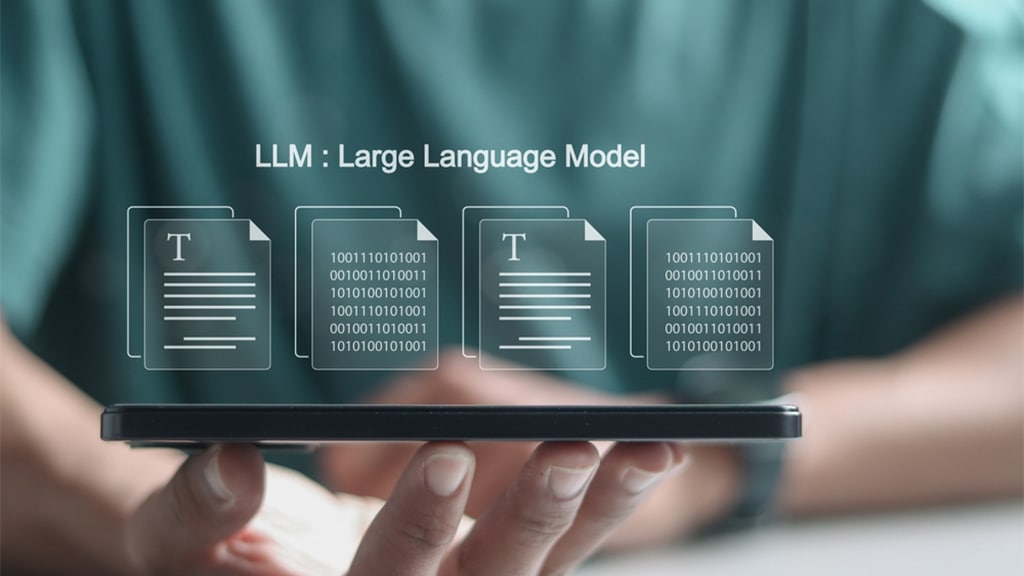In the modern era of data and AI, organizations are rapidly embracing large language models (LLMs) to enhance efficiency, foster innovation, and deliver user-focused solutions. However, relying on third-party cloud providers raises concerns about data privacy, regulatory compliance, and escalating costs. Setting up an in-house LLM platform offers a compelling alternative, empowering organizations with full control, customization, and cost efficiency.
This guide walks you through everything you need to know about building your own LLM platform – from choosing the right hardware and designing a scalable architecture to selecting compatible tools and maintaining a secure system. Whether you’re a tech leader or a developer, this comprehensive guide will help you unlock the true potential of private AI while overcoming common challenges.
What is an in-house LLM platform?
In-house LLM is a platform that companies build and maintain internally in their own infrastructure to develop, train, deploy, and manage large language models (LLMs) like GPT, BERT, Llama, and more.
Unlike cloud-based LLM solutions hosted by third-party providers, in-house LLM platforms allow businesses to build, train, fine-tune, and run large language models (like GPT, BERT, or Llama) directly on their premises or private cloud environments. Some key characteristics of the in-house LLM platform include:
- Self-managed infrastructure
Operates within the organization’s servers, data centers, or private cloud.
- Customizable
Offers full control over model training, fine-tuning, and optimization to align with specific business needs.
- Enhanced data privacy and security
Keeps sensitive data within the organization’s boundaries, reducing exposure to third parties.
- Regulatory compliance
Meets strict data sovereignty and compliance requirements, especially in industries like finance, healthcare, or government.
- Cost management
Involves high initial investments in hardware and setup but can be more cost-effective in the long run compared to pay-as-you-go cloud services.
Quick read: LLM vs Generative AI: How each drives the future of artificial intelligence.












